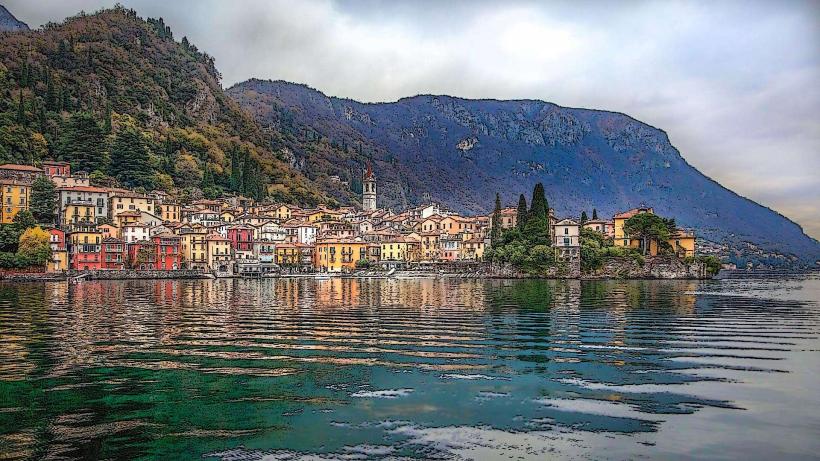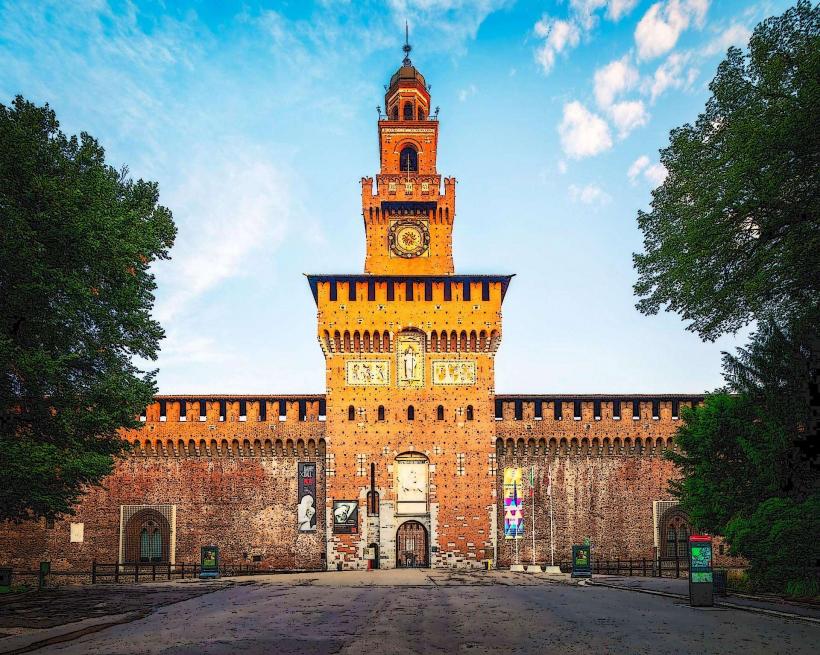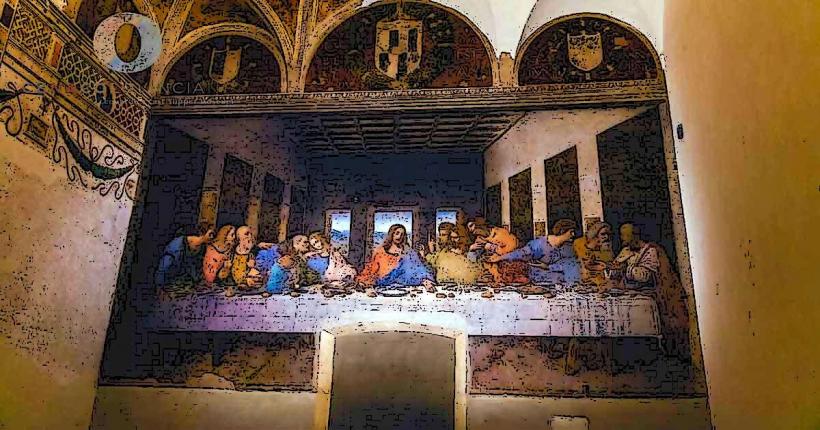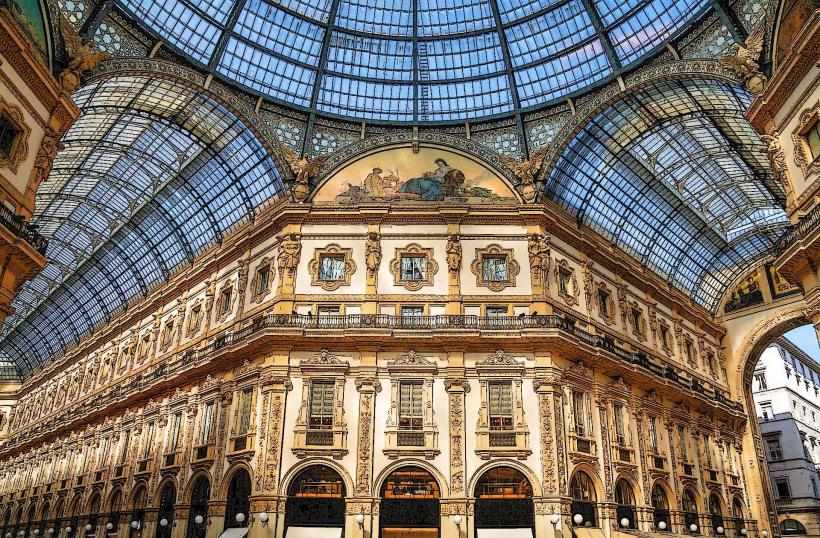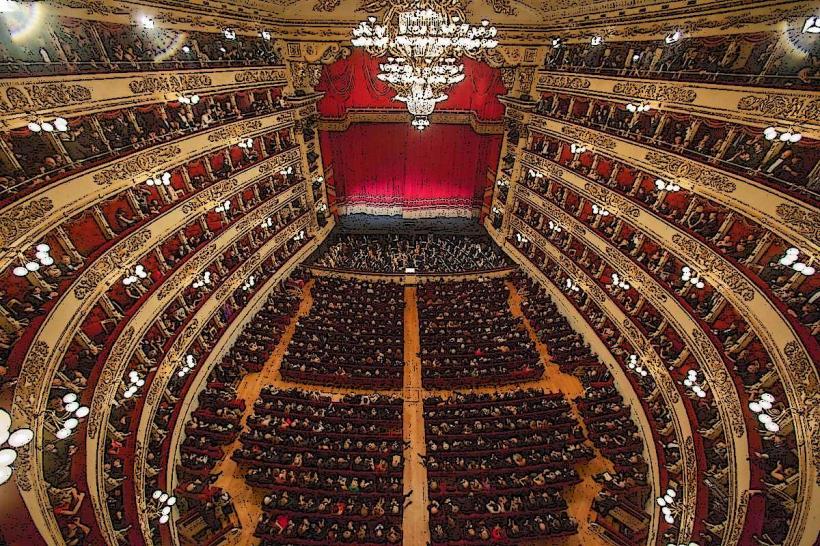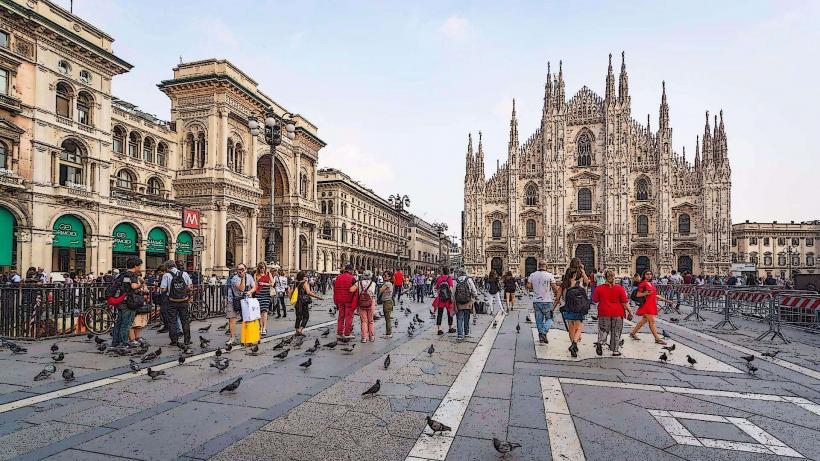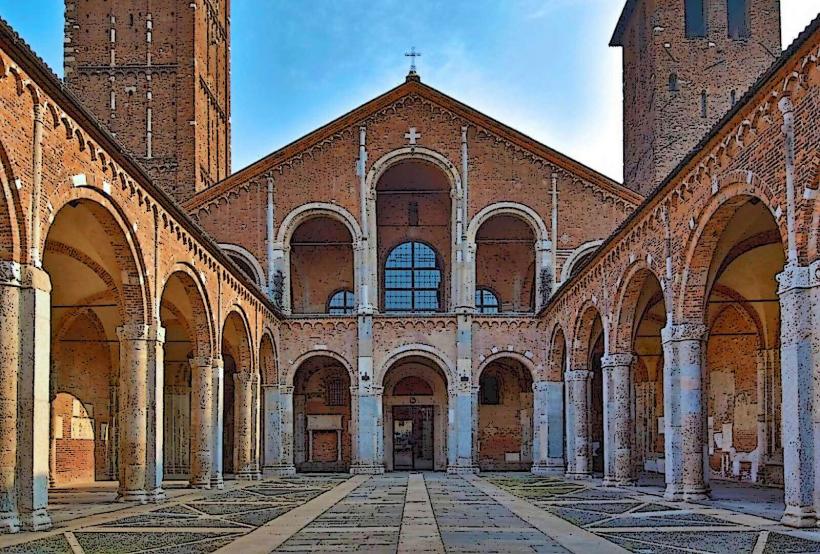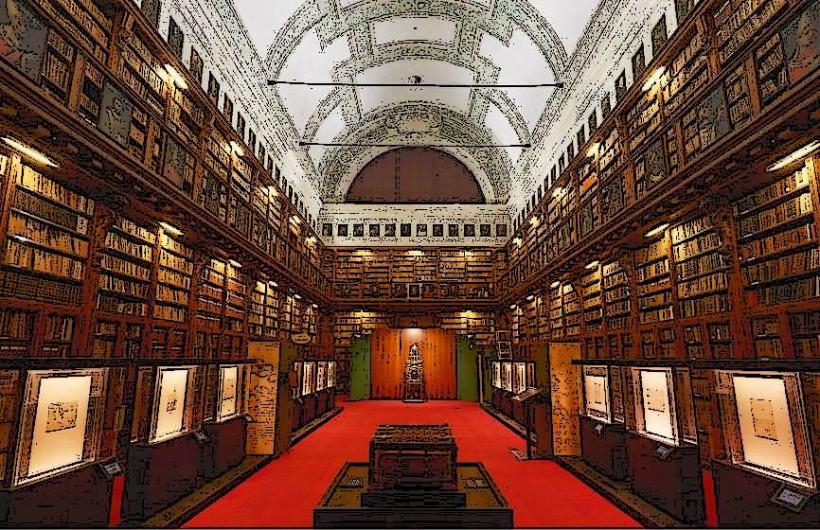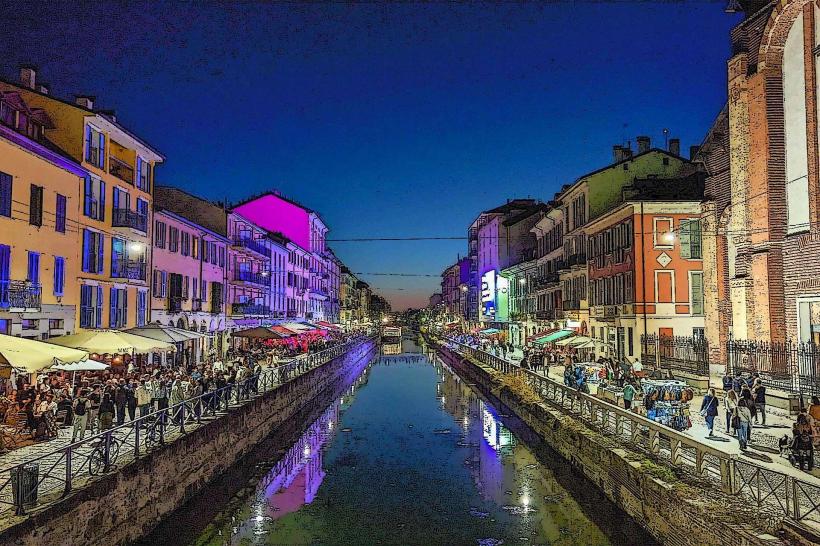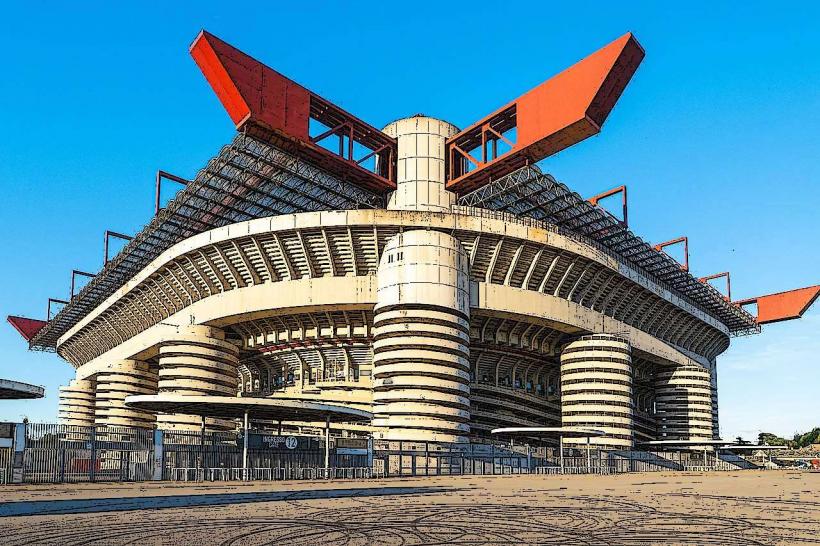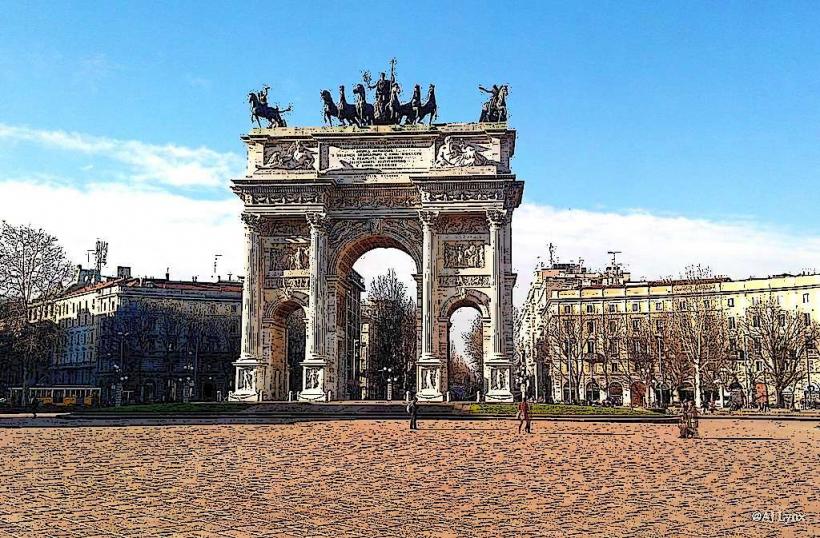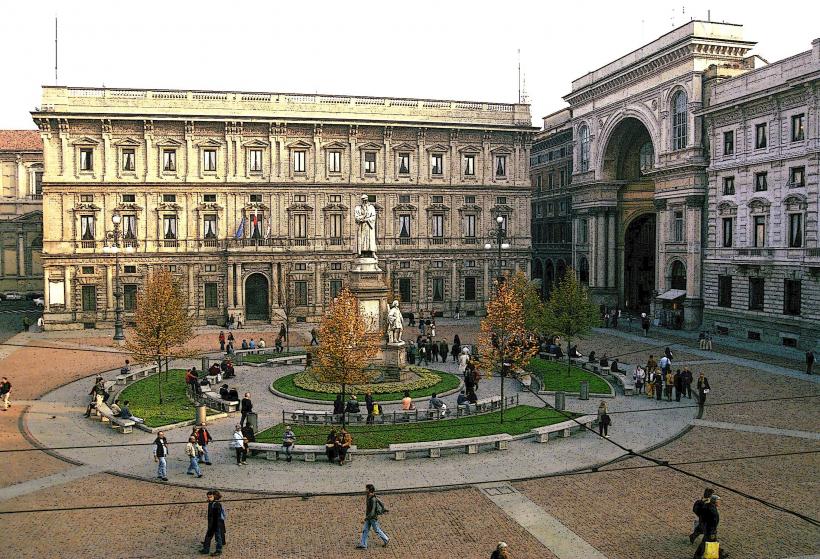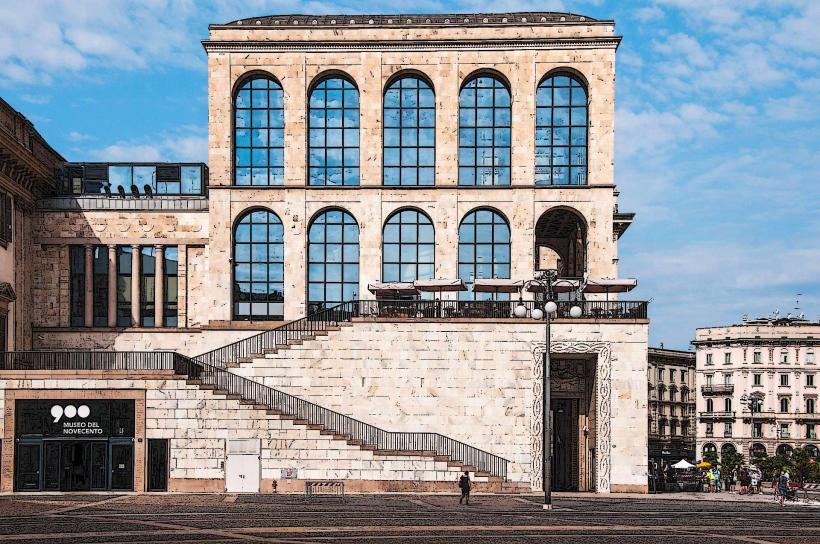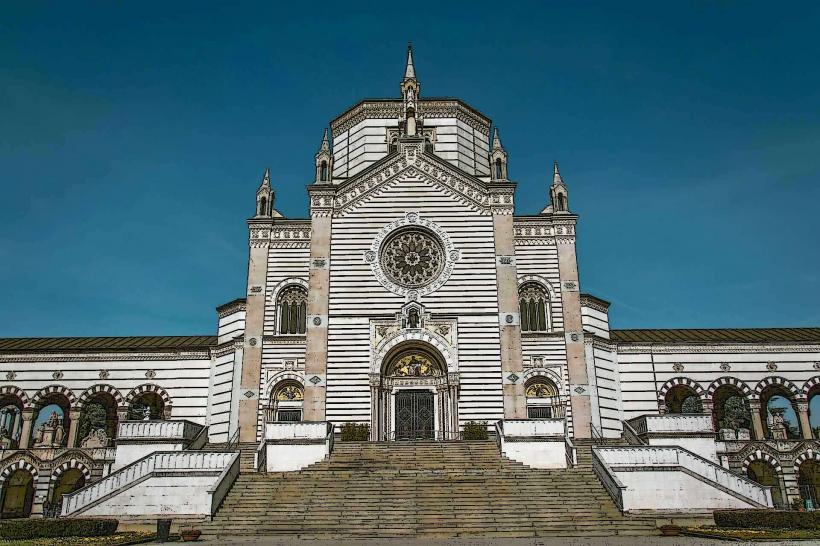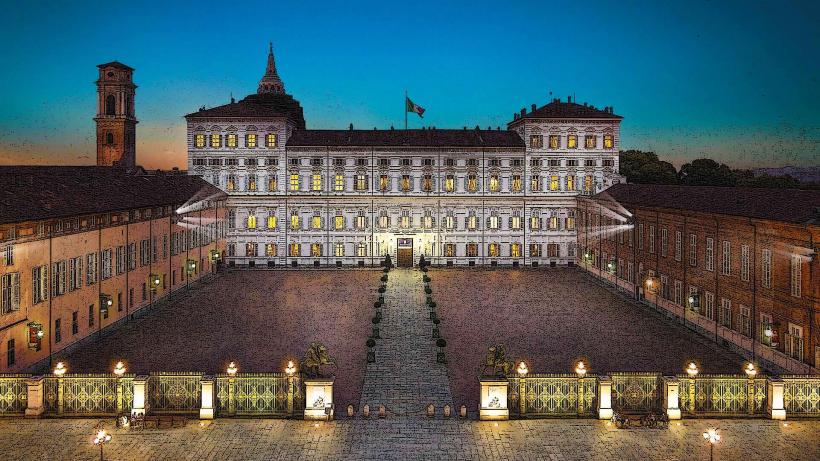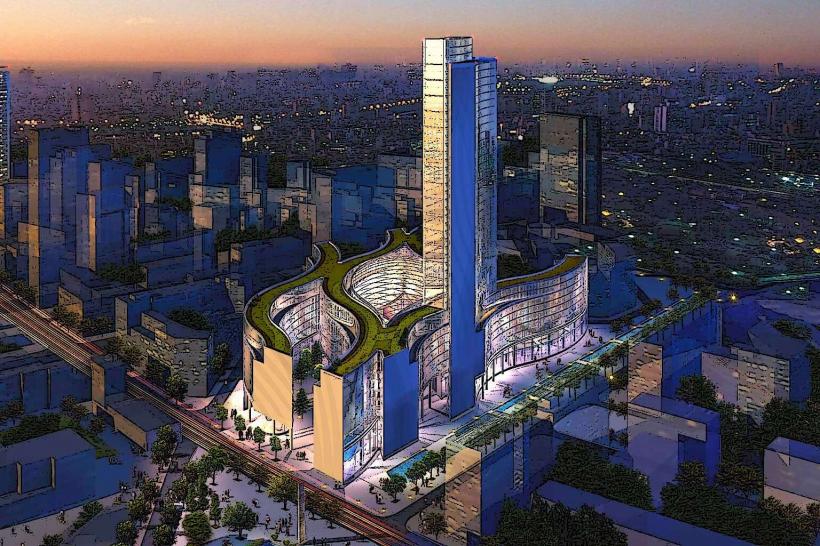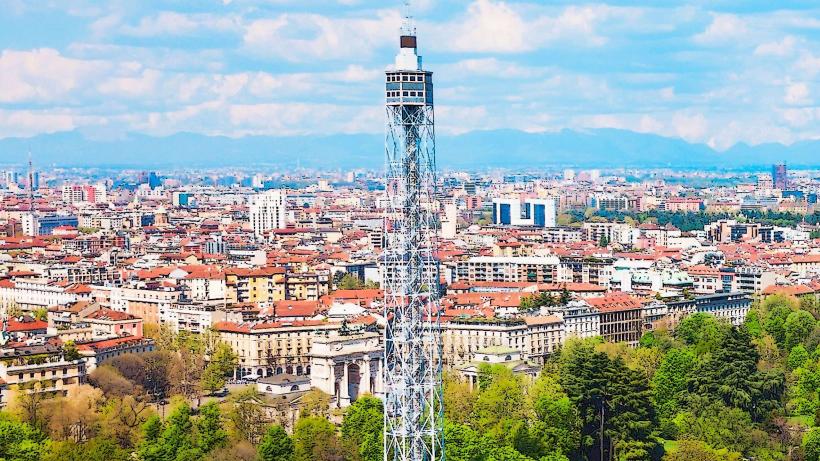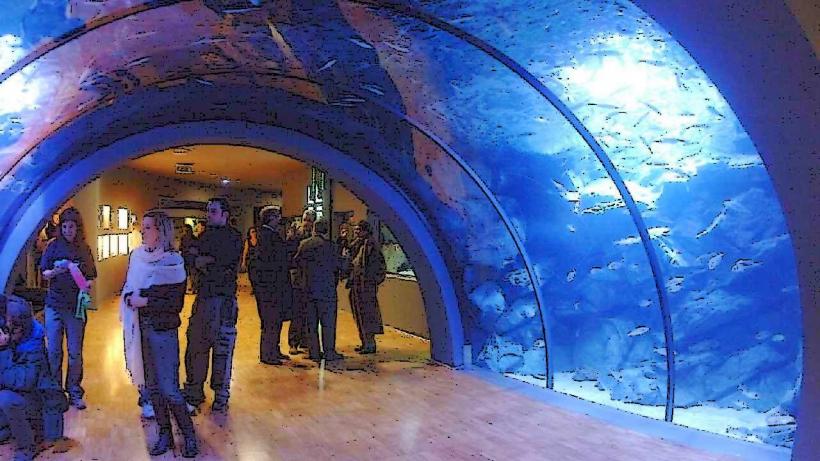Information
Landmark: Milan CathedralCity: Milan
Country: Italy
Continent: Europe
The Milan Cathedral (Duomo di Milano) is one of the most famous and impressive landmarks in Italy, serving as a symbol of both the city of Milan and the architectural grandeur of the Gothic style. The cathedral is dedicated to Santa Maria Nascente (St. Mary of the Nativity) and is renowned for its breathtaking beauty, intricate design, and its prominent position in the heart of Milan.
1. Historical Background
- Construction Timeline: The construction of the Milan Cathedral began in 1386 under the direction of Archbishop Antonio da Saluzzo and continued for several centuries. It was finally completed in 1965, with various parts of the cathedral being constructed and modified over time. It stands as one of the most ambitious architectural projects in Europe, spanning nearly 600 years of work.
- Influence of Multiple Architects: Over the years, different architects contributed to the cathedral's design, with notable figures including Francesco Croce, Gian Giacomo dell'Acqua, and Simone da Orsenigo. The cathedral's construction incorporated elements of French Gothic architecture, but it also reflects a unique blend of Lombard Renaissance and Baroque styles.
- Architectural Innovations: Due to its long construction period, the cathedral combines Gothic, Renaissance, and Baroque elements, making it a fascinating example of evolving styles.
2. Architectural Features
- Gothic Architecture: The Duomo di Milano is one of the most important examples of Gothic architecture in Europe. It has the classic features of a Gothic cathedral, including pointed arches, ribbed vaults, and flying buttresses, all designed to create a structure that is both aesthetic and structurally sound.
- Facade: The cathedral’s facade is made of white marble, sourced from the nearby Candoglia quarries. The facade is adorned with a multitude of statues (over 2,000) and detailed carvings of biblical figures, saints, and angels. The intricate design of the facade presents a verticality that emphasizes the Gothic style.
- Spires: The Duomo is famous for its spires—there are a total of 135 spires on the cathedral, each adorned with statues. The tallest of these is the central spire, which reaches 108.5 meters (356 feet) above ground. The central spire is topped with a golden statue of the Virgin Mary, known as the Madonnina.
- Madonnina: This statue, measuring about 4 meters (13 feet) tall, was placed on the cathedral’s central spire in 1774. The statue became a symbol of Milan and is a defining feature of the city's skyline.
- Interior: The interior of the Milan Cathedral is equally stunning, with soaring vaulted ceilings and a layout that can accommodate up to 40,000 people. The interior features numerous stained glass windows that filter light into the space, creating a mystical atmosphere. The most famous windows are the rose windows—especially the one at the west end of the cathedral, which depicts scenes from the life of Christ.
- Nave and Chapels: The cathedral has a Latin cross layout, with a long nave and two transepts. The interior is divided into several chapels, each dedicated to different saints or religious themes. Many of these chapels contain notable artworks and altars, including works by Donato Bramante and Gian Lorenzo Bernini.
- Flooring: The floor of the cathedral is made from colorful marble inlaid with intricate patterns. Some sections of the floor have been preserved as they were in the Middle Ages, while others have been restored and modernized over time.
3. Significant Features
- Statues and Sculptures: The Duomo is known for its massive collection of sculptures. There are over 2,000 statues, 96 gargoyles, and 135 spires, many of which represent biblical figures, saints, angels, and scenes from the life of Christ. The attention to detail in these sculptures is a testament to the cathedral’s intricate design.
- Roof Terrace: One of the most iconic features of the cathedral is its roof terrace, which is open to the public. Visitors can climb to the top to enjoy panoramic views of Milan and its surroundings. From the terrace, you can see the cathedral’s spires and the golden Madonnina at close range. The terrace provides a stunning view of the city, including the nearby Sforza Castle, Galleria Vittorio Emanuele II, and the Alps in the distance.
- Crypt: Beneath the main floor of the cathedral lies the crypt, which contains the tombs of various archbishops of Milan, including Saint Charles Borromeo, one of the most revered figures in Milanese religious history.
4. Artistic and Cultural Significance
- Religious Importance: The Duomo is the seat of the Archbishop of Milan and plays a central role in the religious life of the city. It hosts many important religious events, including the Christmas Mass, Easter celebrations, and other significant liturgical functions.
- Cultural Symbol: The Duomo is a symbol of Milan, and its Madonnina statue is one of the most recognizable symbols of the city. It represents the enduring connection between the city and its religious heritage, as well as Milan's dedication to art and architecture.
- World Heritage Site: While the Milan Cathedral is not individually listed as a UNESCO World Heritage site, it forms part of the Historic Centre of Milan, which is recognized for its importance as a cultural and artistic hub.
5. Visiting the Duomo di Milano
- Entrance: The cathedral is located in the Piazza del Duomo, the central square of Milan. The entrance to the cathedral is free, but visitors who wish to explore the rooftop or visit the museum must purchase tickets.
- Rooftop Access: You can reach the rooftop by either climbing 250 steps or taking the elevator. The views from the top are breathtaking, providing a unique opportunity to observe Milan from above and see the cathedral's magnificent architecture up close.
- Duomo Museum: The Museo del Duomo is located next to the cathedral and houses a collection of artifacts, including sculptures, tapestries, and pieces of the cathedral’s original artwork. Visitors can learn about the cathedral's history and its construction process through the museum’s exhibits.
6. Recent Renovations and Maintenance
- Restoration: Due to its age and the exposure to the elements, the Milan Cathedral is constantly undergoing restoration work. The maintenance of the cathedral involves the cleaning and preservation of the marble, the restoration of paintings, and the upkeep of the roof and spires. In recent years, modern technology has been used to clean the facade and remove the effects of pollution, restoring its original white marble appearance.
7. Conclusion
The Milan Cathedral is not just an architectural marvel but also a symbol of the city’s rich cultural and religious history. Its intricate design, combined with its historical significance, makes it one of the most beautiful cathedrals in the world. Whether admiring its gothic splendor, exploring its interior chapels, or taking in the panoramic views from the rooftop, the Duomo di Milano is an unmissable experience for any visitor to Milan.

